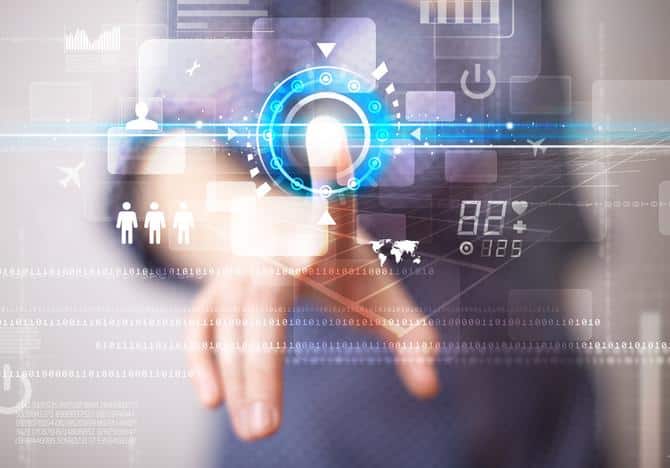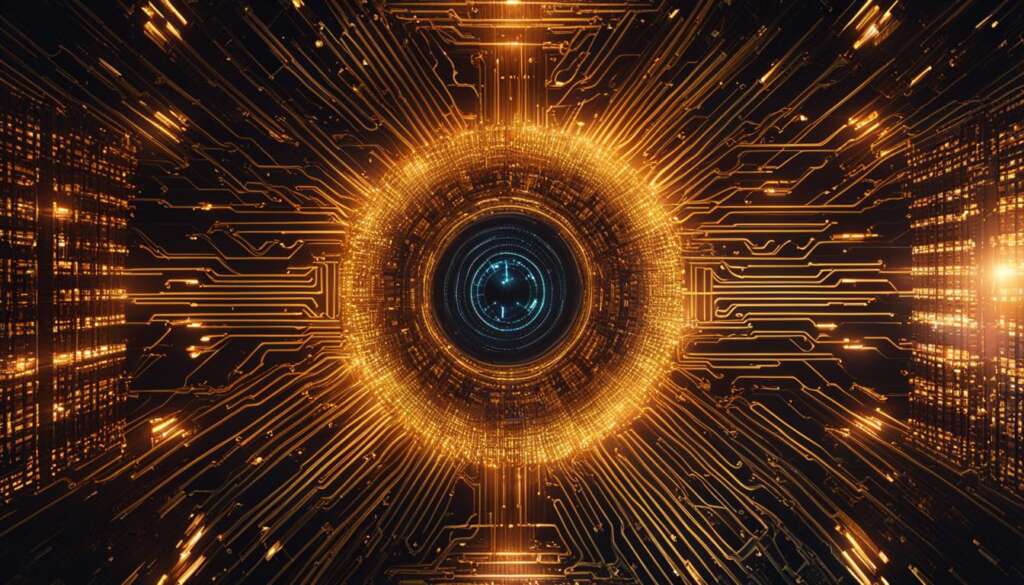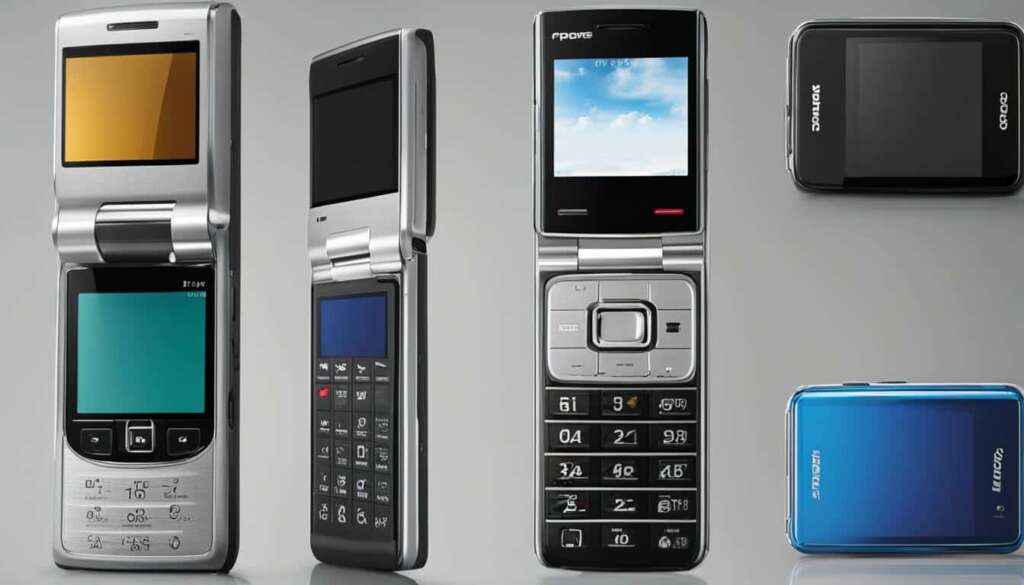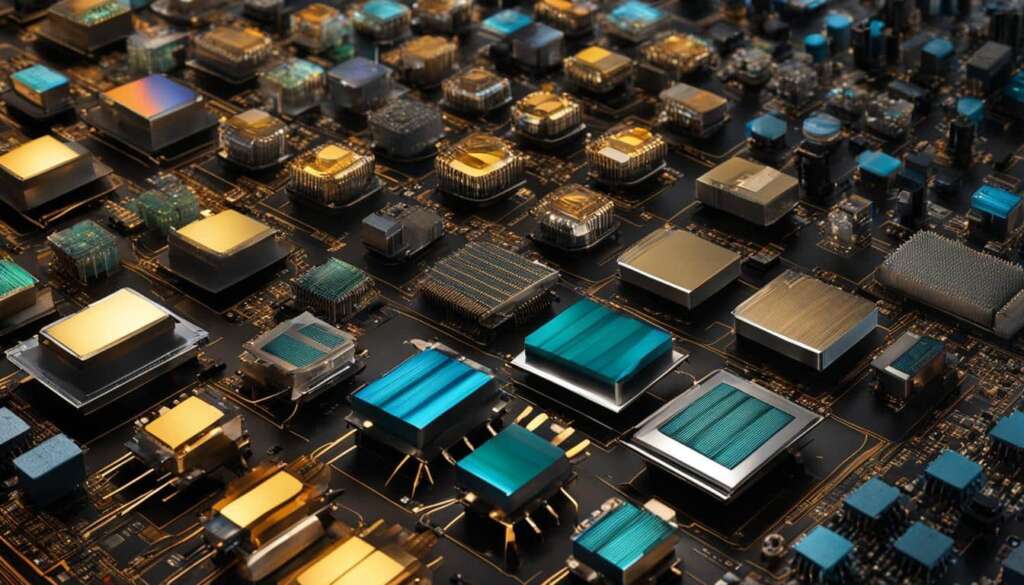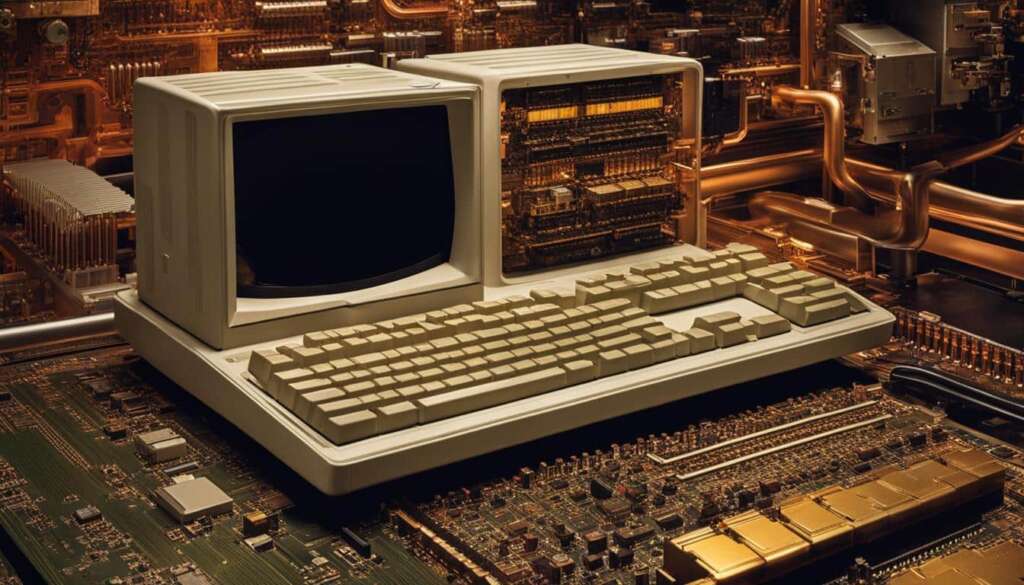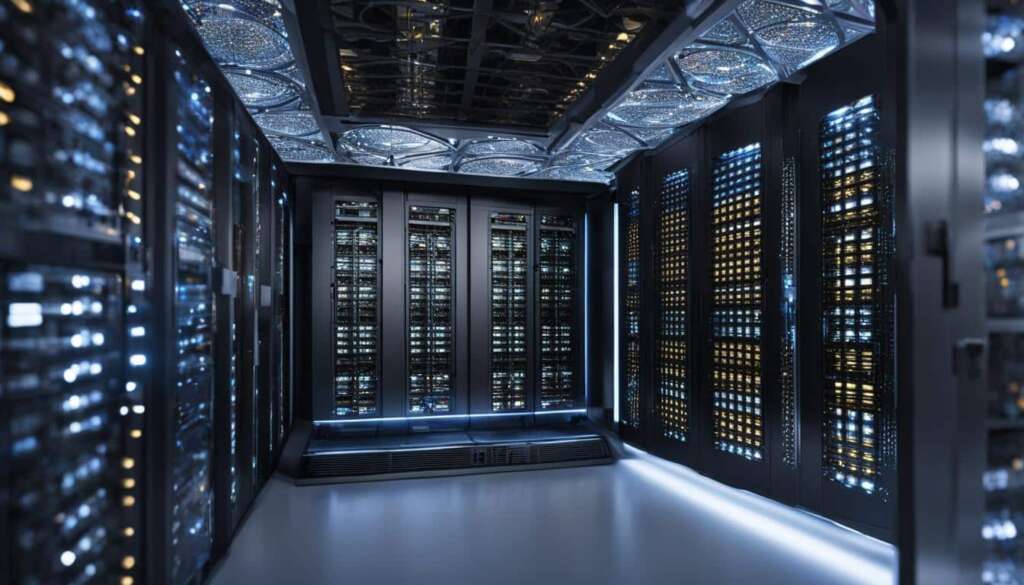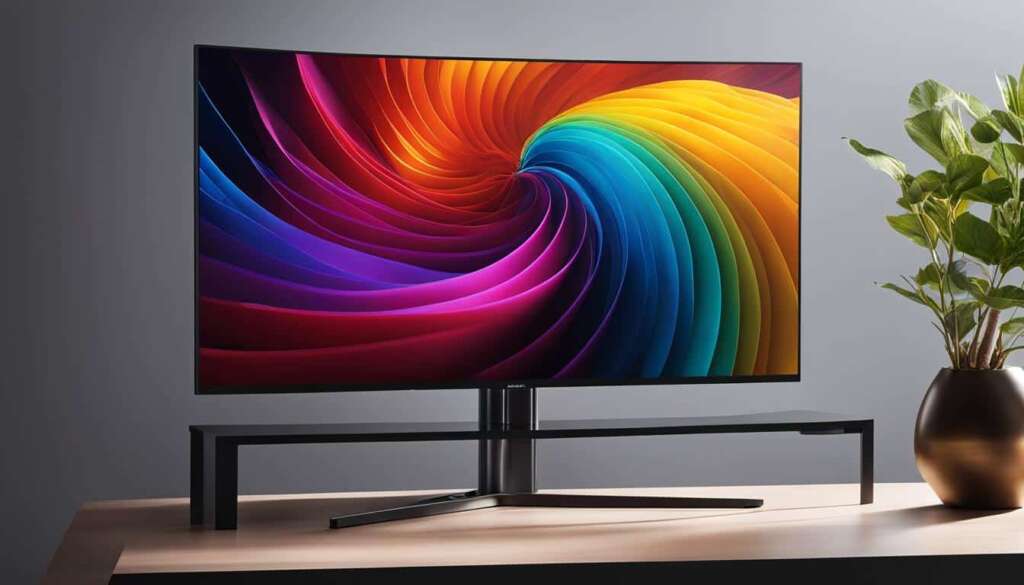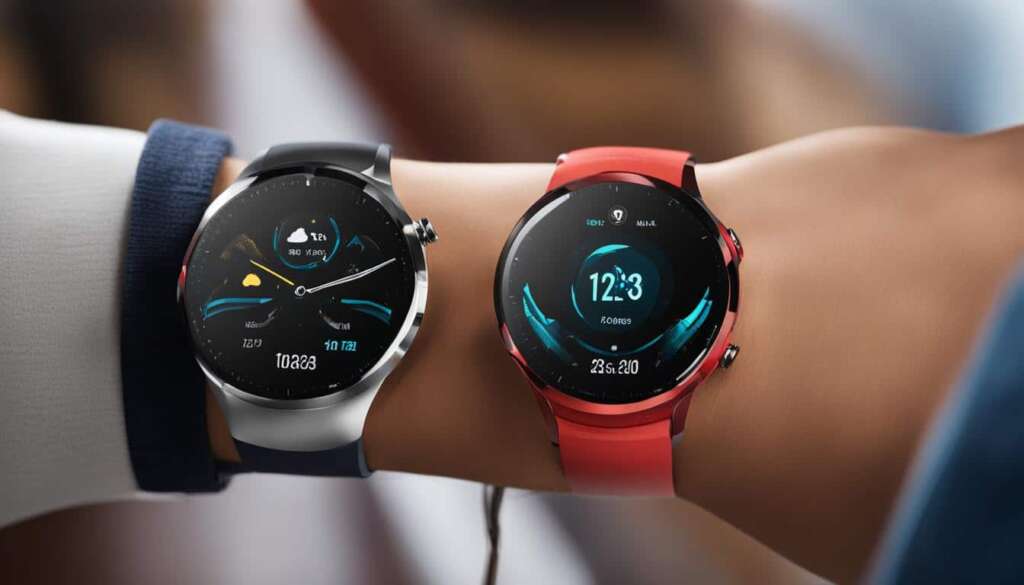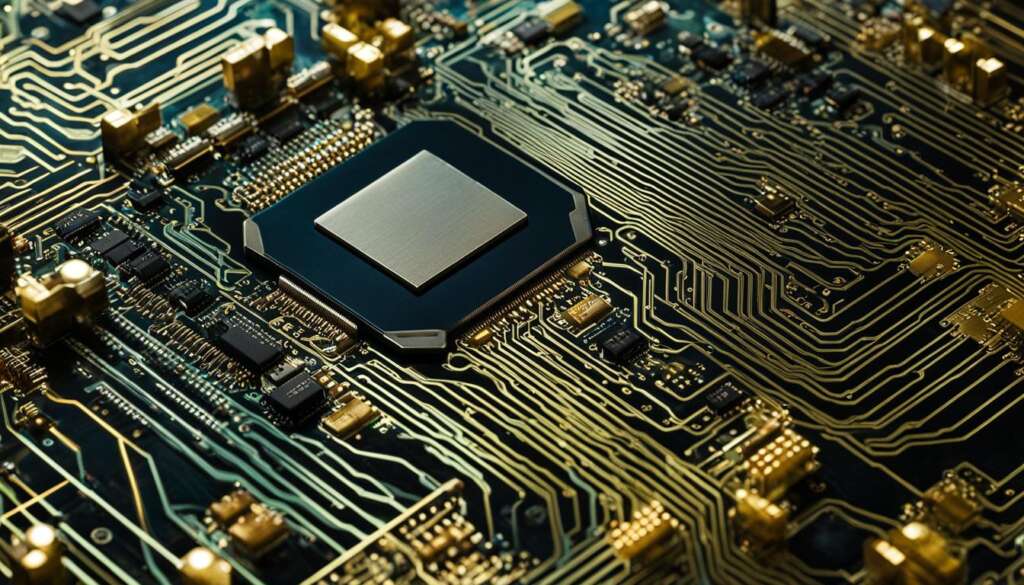Table of Contents
The landscape of The Future of Personal Computing is poised to undergo transformative changes in the upcoming decade. With the rapid evolution of technology, personal computing has transitioned from the days of monolithic desktop computers to the age of sleek, pocket-sized smartphones. As we delve deeper into the 21st century, it becomes crucial to forecast the directions and innovations that will shape our digital experience. The Future of Personal Computing promises a blend of unforeseen advancements and the refinement of existing technologies, all aiming to enhance our everyday digital interactions.
1. The Future of Personal Computing: The Rise of Quantum Computing in Personal Devices
In discussing The Future of Personal Computing, it’s impossible to overlook the impending impact of quantum computing. Presently considered the domain of high-end research labs and global tech giants, quantum computing is on a trajectory to reshape personal computing paradigms. Quantum computers, distinct from classical machines, harness the power of quantum bits (qubits) to process massive datasets and execute intricate calculations at unprecedented speeds. As this technology becomes increasingly mainstream, we can anticipate quantum-enhanced chips or accessible cloud platforms bringing quantum prowess to our personal devices, revolutionizing the tasks they can undertake.
2. The Next Phase of Wearable Tech in Personal Computing
The ongoing saga of The Future of Personal Computing is incomplete without acknowledging the escalating significance of wearable technology. Devices like smartwatches and fitness trackers have already found a place in our daily routines. However, the next ten years beckon with the promise of more sophisticated wearables, some potentially making our smartphones obsolete. Envision smart glasses augmented with reality (AR) capabilities, offering real-time navigation and communication, or wearables that transport us into vivid virtual reality (VR) realms while on the move. These devices will be the touchstones of personal computing, making digital integration more seamless than ever.
3. The Future of Personal Computing: Integrating Augmented Reality into Everyday Life
The Future of Personal Computing will be profoundly influenced by the ubiquity of Augmented Reality (AR). As we continue to integrate our digital and physical worlds, AR stands as a frontier technology that’s set to redefine our interactions. With advancements like AR glasses and enhanced mobile AR applications, users can expect a seamless blend of their tangible surroundings with digital enhancements. This convergence can revolutionize activities ranging from online shopping and gaming to immersive learning experiences and remote collaboration.
4. Edge Computing: Enhancing the Power and Autonomy of Personal Devices
In the context of The Future of Personal Computing, the emphasis on faster and localized processing is unmistakable. Edge computing, which processes data closer to the source, whether it’s an IoT device or a personal gadget, will be indispensable in a world that seeks real-time digital responses. This move towards decentralization allows personal devices to gain more autonomous processing power, reducing reliance on distant cloud servers and ensuring prompt data processing, which is essential for tasks such as real-time analytics or AR applications.
5. Subscription Models: Reshaping How We Access and Use Computing Tools
The next phase in The Future of Personal Computing might well pivot towards a more subscription-centric approach. With the increasing adoption of Software as a Service (SaaS) models in the corporate world, the upcoming decade could see this trend making inroads into the consumer segment. Brands like Microsoft and Apple are already championing subscription-based offerings. This shift not only changes how we access software but could also redefine our relationship with hardware, creating a more dynamic and flexible personal computing ecosystem.
6. Emphasis on Privacy and Security in the Digital Age
With the expansion of our digital footprint, there’s an ever-growing need to prioritize privacy and security. As cyber threats become increasingly sophisticated, it’s evident that personal computing must evolve to tackle these challenges head-on. In the next decade, we can anticipate a surge in advanced biometrics for device access, AI-driven threat detection algorithms, and solutions for decentralized data storage. These technologies will be paramount in ensuring users’ safety, data protection, and peace of mind.
7. Neural Interfaces: Bridging the Gap between Brain and Computer
The ambitious quest to connect our brains directly to computing devices has seen promising research and developments. While we might not control our entire digital ecosystem with thoughts immediately, the upcoming years promise notable progress in this domain. Potential applications range from assisting those with disabilities to forging new, immersive entertainment experiences. As brain-computer interfaces become more prevalent, they’ll redefine the boundaries of human-computer interaction.
8. The Future of Personal Computing: Evolution of Personal AI Assistants
In the grand narrative of The Future of Personal Computing, personal AI assistants stand out as game-changers. Current voice assistants, such as Alexa and Siri, hint at the potential of AI-driven assistance. However, the upcoming decade heralds a phase where these AI entities evolve from being mere reactive tools to proactive companions. By understanding user preferences, emotions, and patterns, they’ll offer insights and aid even before we realize we need them.
9. Greener Tech: The Path Towards Sustainable Computing
Environmental considerations are becoming central to technological advancements. As concerns about the carbon footprint of devices and e-waste mount, sustainable computing emerges as a critical focus area. Future devices might prioritize energy efficiency, use recycled or biodegradable materials, and aim for longer lifespans. Efforts to achieve these goals will be bolstered by initiatives and innovations in green technology, striving for an eco-friendly digital world..
10. Decentralized Internet and Mesh Networks
Centralized internet control, susceptible to censorship, surveillance, and outages, has raised serious concerns about digital freedom and resilience. The solution might lie in the evolution of a decentralized internet and the prominence of mesh networks. In such a setup, personal devices could function as local servers, with data passing through numerous routes rather than a centralized hub. This offers more democratic access to information and ensures resilience against large-scale outages or control.
11. Democratizing Access: Bringing Technology to the Underserved
One of the most crucial shifts in The Future of Personal Computing is its increasing accessibility. As technology continues to advance, there’s a collective realization of its potential to bridge socio-economic gaps. Efforts to bring technology to remote and underserved regions are not just philanthropic endeavors but essential strategies for global development. This move towards democratized access ensures that even the most marginalized communities can harness the power of the internet, online education, and telemedicine. Community-driven projects and collaborations with tech giants aim to create affordable devices, promote digital literacy, and build localized digital solutions that resonate with the unique needs and challenges of these communities.
12. The Age of Interconnected Devices: The IoT Revolution
The Internet of Things (IoT) isn’t a futuristic concept; it’s our present, rapidly sculpting The Future of Personal Computing. As devices become smarter, they’re also becoming more interconnected. This network of smart devices, from our household appliances and cars to wearable tech, communicates and collaborates to enhance user experience. Imagine a scenario where your car communicates with your home thermostat to adjust room temperature as you drive home, or your refrigerator suggests recipes based on its contents. This seamless interaction, powered by IoT ecosystems, will optimize efficiency, safety, and convenience in daily life.
12. Harnessing the Power of 5G and Beyond
The conversation about The Future of Personal Computing wouldn’t be complete without discussing the rapid advancements in connectivity. 5G, touted as the next significant step in mobile technology, promises faster download and upload speeds, reduced latency, and the ability to connect more devices simultaneously. As we move into the era of smart cities and augmented reality, the seamless and rapid data exchange facilitated by 5G networks will be crucial. Beyond 5G, research is already underway for 6G, hinting at innovations like airborne networks and sub-terahertz-driven applications. Such progress not only impacts the speed and efficiency of our personal devices but also has the potential to revolutionize sectors like healthcare, entertainment, and transportation.
13. Immersive Experiences: The Growth of Mixed Reality
Beyond augmented and virtual reality lies the realm of mixed reality (MR). Combining the best of both AR and VR, MR offers immersive experiences where digital and physical worlds interact seamlessly. Imagine collaborating with colleagues from around the world in a shared digital workspace as if you’re in the same room, or playing video games that utilize your actual surroundings. This intersection of real and virtual environments will be vital in defining The Future of Personal Computing. As MR headsets become more affordable and software development for MR advances, we can expect a paradigm shift in how we perceive digital interactions and engagements.
Towards an Exciting Digital Horizon
In reflecting upon the trajectory of personal computing, it’s evident that the blend of technology and daily life is becoming more intricate and intertwined. The aforementioned trends, while only a glimpse into the horizon, signify a future where technology is not just a tool but an extension of human intent and imagination. The Future of Personal Computing isn’t merely about more advanced gadgets; it’s about crafting experiences, breaking boundaries, and fostering a world where digital empowerment is accessible to all. As we navigate this journey, continual adaptation, learning, and innovation will be our guiding stars, illuminating paths that were once thought to be the domain of science fiction. The digital dawn awaits, and with it, endless possibilities.

